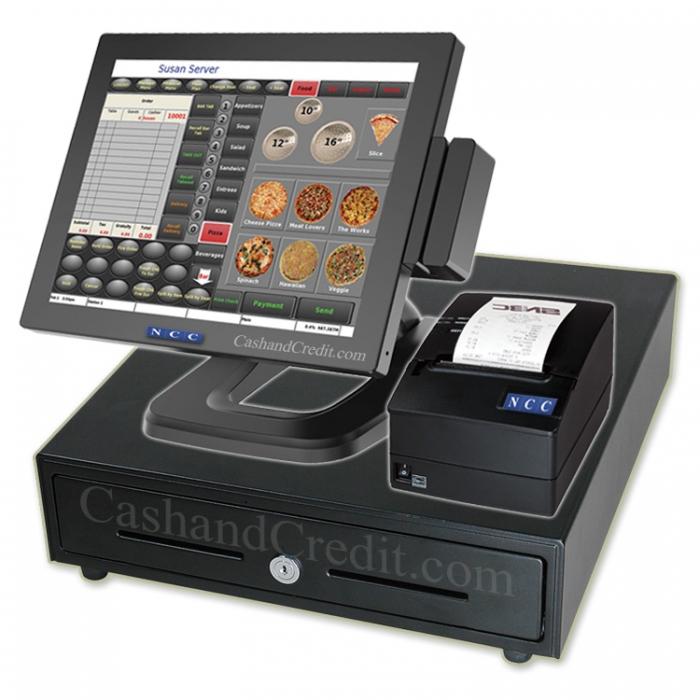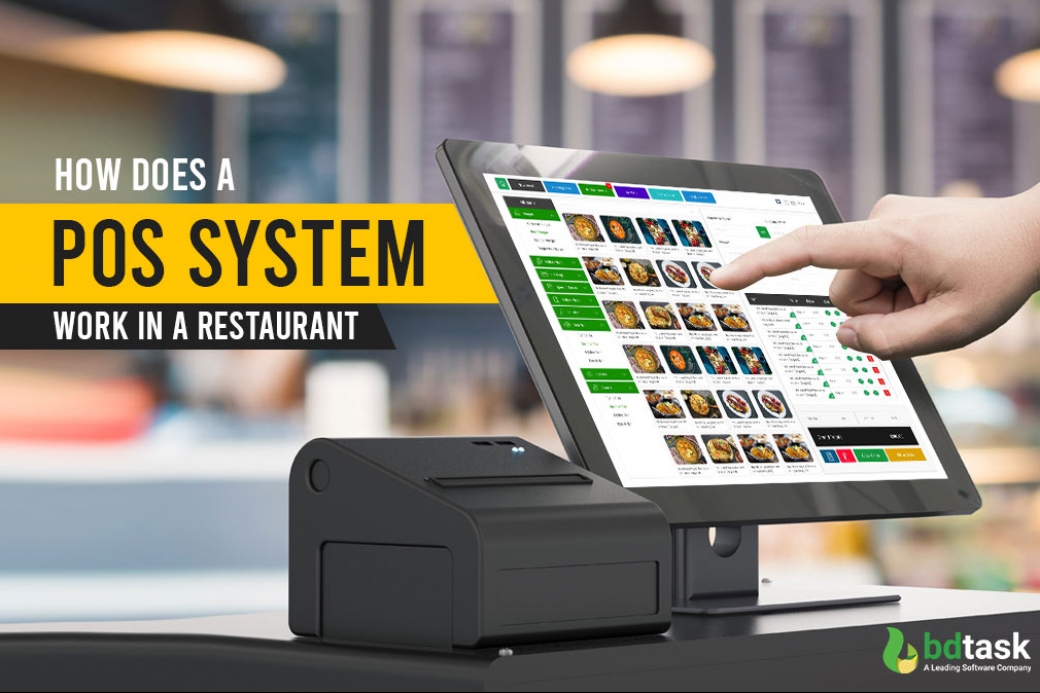Restaurant POS Software vs. traditional systems: Which is more efficient?
Wiki Article
Exactly How POS System Works: A Comprehensive Overview for Organization Owners
A POS system acts as a vital device for modern organizations, incorporating numerous parts to improve operations. It incorporates hardware like barcode scanners and software application offer for sale tracking. This system not just refines purchases but additionally manages stock and analyzes consumer habits. Understanding its functionality can greatly influence an organization's efficiency and decision-making. What are the crucial elements that add to this effectiveness? Exploring these components offers beneficial understandings.Understanding the Parts of a POS System
A Point of Sale (POS) system is made up of numerous crucial elements that collaborate to help with deals and manage business operations. At its core, the hardware includes devices such as a money register, barcode scanner, receipt printer, and settlement terminal, all important for refining sales (Restaurant POS Software). The software part manages inventory, sales tracking, and client information, providing important understandings for service decisions.Additionally, data sources store deal records and consumer info, making sure data integrity and security. Network connectivity makes it possible for real-time updates and access to cloud-based solutions, improving operational efficiency. Customer user interfaces, made for convenience of use, allow personnel to navigate the system quickly, lessening training time. Together, these elements develop a natural system that simplifies the sales procedure, boosts client service, and help in efficient administration of company resources. Understanding these parts is important for business owners looking for to optimize their POS systemsExactly How Sales Transactions Are Refined
When a consumer decides to purchase, the sales purchase initiates a series of methodical steps within the POS system. The cashier inputs the products being bought, which are scanned with a barcode visitor or by hand entered. This activity fetches product information, including rates and applicable tax obligations, from the system's database.Next, the customer is presented with the complete quantity due. The POS system after that processes the settlement, whether through cash, bank card, or mobile repayment approaches. For electronic repayments, the POS securely connects with settlement cpus to accredit and validate the transaction.Once the repayment is confirmed, the system generates a receipt, which can be published or sent out electronically. This receipt acts as evidence of acquisition for the customer. The purchase data is tape-recorded in the system, ensuring precise sales documents and economic tracking for the service.Inventory Monitoring and Monitoring
Reliable stock administration and monitoring are vital parts of a POS system, as they ensure that services preserve suitable supply levels and lessen disparities. A robust POS system allows for real-time stock updates, mirroring sales and returns immediately. This enables local business owner to check stock degrees accurately, guaranteeing that prominent things are conveniently available while preventing overstocking of less popular products.Additionally, advanced POS systems use attributes such as computerized supply signals and reorder tips, improving the purchase process. Barcoding and RFID innovation boost accuracy in tracking supply movement, reducing human mistake. Substantial coverage tools supply understandings right into supply turn over rates, assisting businesses make informed decisions regarding purchasing and item offerings. Ultimately, efficient stock management via a POS system not just improves operational efficiency but additionally enhances consumer complete satisfaction by making certain item availability.
Examining Customer Information and Insights
Client information evaluation functions as an official website effective device for organizations utilizing a POS system. By collecting and taking a look at transaction information, companies can reveal valuable insights about customer habits and preferences. This analysis enables them to recognize acquiring patterns, peak shopping times, and popular products, consequently informing inventory decisions and advertising strategies.Additionally, services can section their client base, permitting customized marketing efforts that provide to details demographics or acquiring habits. Understanding customer loyalty patterns also aids in creating targeted promos and rewards programs.The data obtained from a POS system can additionally reveal understandings into consumer responses, making it possible for organizations to make educated choices regarding item offerings and service renovations. Inevitably, leveraging consumer information successfully can improve the total purchasing experience, foster client complete satisfaction, and drive income growth.
Benefits of Applying a POS System
Executing a POS system provides many benefits that can greatly improve business operations. To begin with, it simplifies deal procedures, reducing wait times and improving customer contentment. By automating sales moved here processes, organizations can minimize human error and warranty precise record-keeping. In addition, a POS system supplies important information analytics, making it possible for proprietors to track sales trends and stock degrees in real-time. This insight supports informed decision-making, aiding to maximize stock monitoring and advertising and marketing strategies.Moreover, numerous POS systems integrate with various other business devices, such as accountancy software, streamlining monetary administration. Improved worker monitoring attributes, such as tracking hours and efficiency, more add to operational efficiency.Lastly, the implementation of a POS system can lead to raised income through improved customer experiences and tactical insights, eventually fostering business growth and sustainability.
Frequently Asked Inquiries
What Sorts Of Businesses Can Benefit From a POS System?

Just how much Does a POS System Typically Cost?
The price of a POS system typically ranges from a few hundred to a number of thousand dollars, relying on features, equipment, and software - Restaurant POS Software. Companies should think about continuous charges for maintenance, support, and transaction processing when budgeting
Can I Integrate a POS System With Existing Software?
Integrating a POS system with existing software is often viable. Lots of systems offer APIs or built-in compatibility functions, permitting businesses to enhance procedures and boost capability by connecting numerous software application applications effectively.What Training Is Needed for Personnel to Make Use Of a POS System?
Educating for personnel to use a POS system commonly consists of understanding software capabilities, refining transactions, handling inventory, and taking care of client communications - Restaurant POS Software. Practical presentations and hands-on practice improve efficiency and self-confidence in making use of the system efficientlyWhat Takes place if the Web Drops While Making Use Of a POS System?
If the web decreases throughout POS system use, deals might be interrupted. Several systems provide offline capacities, enabling standard operations to proceed, however complete performance, including real-time supply updates, will be restricted.Report this wiki page